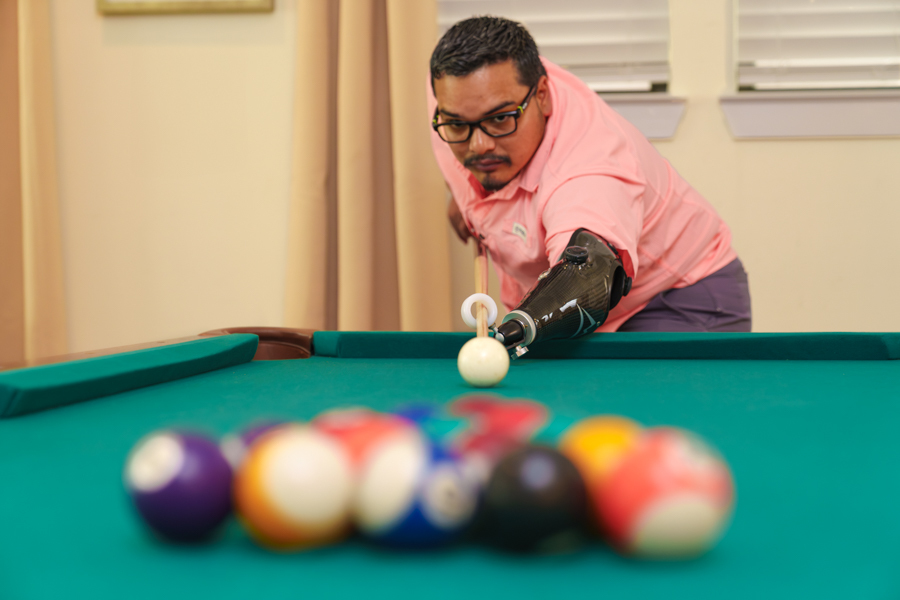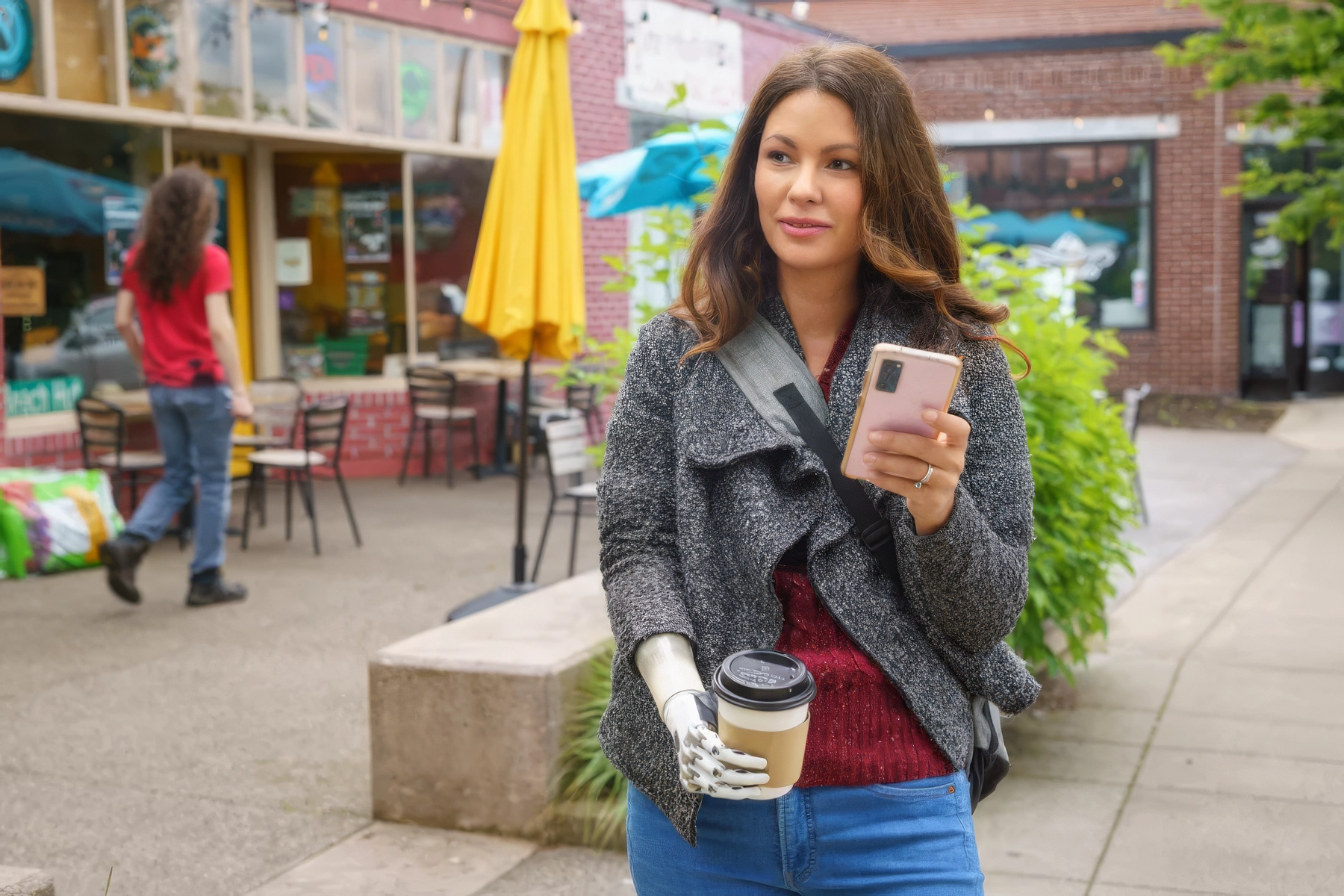Let's begin by acknowledging that there's not an easy answer to this question. Getting back to feeling like yourself again is a process that's different for each person. Some people have a goal in mind that will help them feel “normal” again. For others, a feeling of “normal” may just appear one day. But there are steps that all amputees can take to help get back to their life and feeling like themselves again.
It’s important to keep in mind that everyone will have different reactions to losing a piece of themselves. Some people who have a fingertip amputation may struggle with depression and post-traumatic stress disorder, and other people who have had a shoulder amputation may feel “back to normal” in a surprisingly short amount of time. Regardless of the level of limb loss, amputation is a traumatic event. Individuals respond differently to this trauma based on their past experiences, mental health, level of personal and social support, age and various other factors.
The loss of a limb almost always results in grieving. The BBC has a video about recovery and “getting back to yourself” called BBC Like Minds Grief Explained that you may find encouraging. In addition to allowing yourself the space to grieve, returning to work after you’ve healed can be helpful, along with getting back to activities and routines that you had before your amputation. An activity-specific device may be just the tool to get you back to doing the sports or hobbies you love.
When our patient asks us how they can get back to feeling like themselves, we will often tell them to take it one day — or sometimes one moment — at a time. Change is hard and it can be exhausting, but the more you work at using your prosthesis, or integrating adaptive equipment, or learning compensatory strategies, the easier that change will be. An example of a compensatory strategy would be using a pizza cutter instead of a knife to cut softer foods like bread or cheese.
In each of our centers, clinical therapy specialists help patients find their new normal by asking them to fill out our Wellness Inventory. This patient screening tool was developed internally by our therapy team. It’s presented in a question-and-answer format and is an extension of our holistic care model, which addresses the physical, psychological, social and occupational concerns of each person. Afterward, we share the results with our patients and can recommend nearby counselors, connect patients with our Peer Support Network, or share information about other support groups.
Support, along with attitude and seeing others with similar injuries thrive, can make a big difference is one "feeling like themselves" again. We explore all of those topics in our article How to Move Forward After an Amputation.
We also spoke with a couple of our patients about what helped them process their amputation. Here’s Taylor (pictured above) speaking about what she found most helpful with the psychological challenges of her amputation: “Personally, yoga and meditation helped me a lot. Also having somebody you know you can trust is important, whether that’s a therapist, family member or friend.”
For Tom (pictured above), it required time. Tom lost his hand in a wakeboarding accident at 17. We interviewed him initially as a college student, and then again seven years later. “I think that for getting past those initial stages of limb loss, time is a huge part of it. Because you can do all these different things to kind of help yourself improve, whether it's physically or mentally. I think it does take a certain amount of time and interactions to not see yourself as diminished or as missing something.” He also talks about the hobbies that he’s taken on since his accident — standup paddle boarding, golf, skiing, camping and hiking — and how they’ve helped Tom and his wife, enjoy life. “I have more hobbies now than I did before I was missing my hand.” You can learn more about Tom in his patient profile video.
Others find fulfillment in helping their peers. After bilateral amputee and former lineman Gerry Kinney was fit with his devices, he began speaking to groups of linemen across the country. “Since my accident, I’ve been basically sharing my story with thousands of linemen, knowing that I may be saving somebody else from having an accident just like the one I had,” said Gerry.
Most people will find their “new normal” in the months and years after an amputation. Having a prosthesis (sometimes more than one) to help with everyday activities can help a person get back into their old groove, with a few changes, and remember what brings them joy. Our clinical team has helped hundreds of people find their “new normal” and they can help you as well — just contact us. If you’ve had experience with this journey, please feel free to leave a comment below. We hope to hear from you!




-topaz-standard%20v2-2x.webp?width=900&height=599&name=Tom%20Snowboarding%20(1)-topaz-standard%20v2-2x.webp)



%20President%20and%20Senior%20Clinical%20Director.jpg?width=600&height=600&name=John%20M.%20Miguelez%2c%20CP%2c%20FAAOP(D)%20President%20and%20Senior%20Clinical%20Director.jpg)










No Comments Yet
Let us know what you think